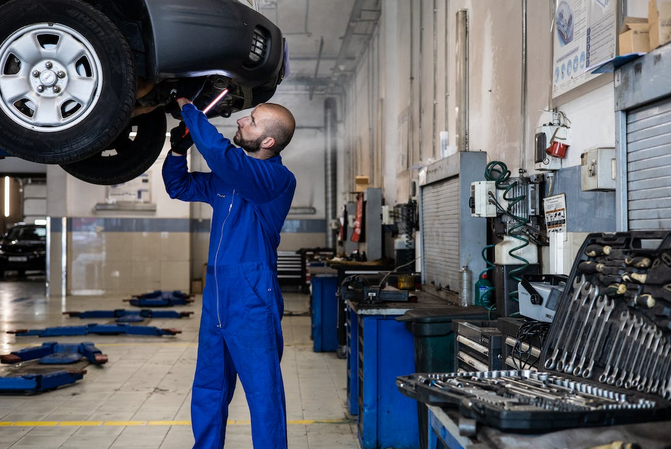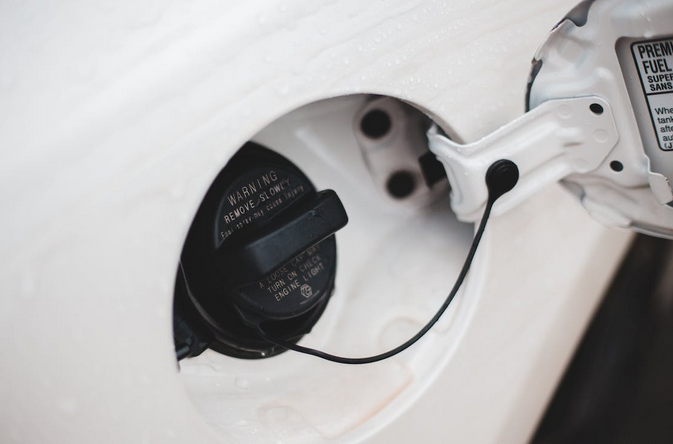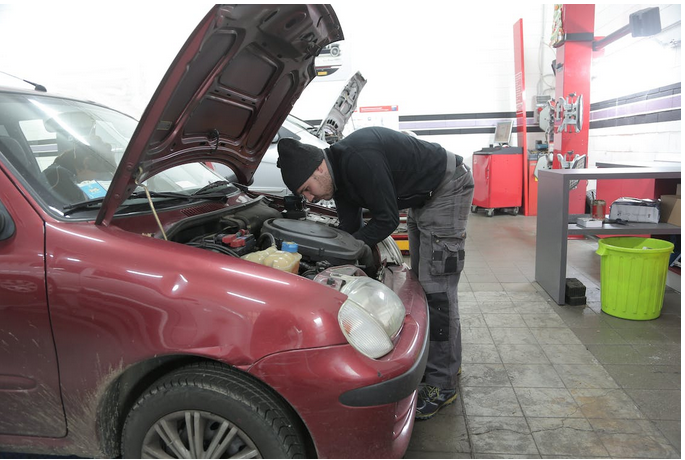Keeping your car running efficiently and smoothly down the road is every car owner’s dream. A clean and well-functioning carburetor plays a crucial role in achieving this goal. Using a carby cleaner might help, but keeping your car at its highest potential requires more than that.
Whether you’re a DIY enthusiast or rely on professional mechanics, maintaining your car’s carburetor should be at the top of your priority list. Today, let’s talk about how to ensure your carburetor remains in pristine condition for years to come.
Do Some Regular Cleaning Using Proper Cleaner Spray and Tools
Regular cleaning of your car’s carburetor is essential to maintain its optimal performance. Over time, dirt, debris, and gunk can accumulate inside the carburetor, resulting in poor fuel efficiency and engine misfires. To prevent this from happening, it’s crucial to do some regular cleaning using proper cleaner spray and tools.
Start by disconnecting the air cleaner assembly and then carefully remove the carburetor from your vehicle. Use a suitable cleaner spray designed specifically for carburetors – avoid using harsh chemicals that could damage or corrode sensitive components. With a soft-bristled brush or toothbrush, gently scrub away any accumulated grime on the exterior surfaces of the carburetor.
Run Some Inspections for Any Signs of Wear and Tear

Once cleaned, check for any signs of wear and tear. Over time, the various components of the carburetor can become worn, leading to decreased performance and potential issues with fuel delivery. So, run some inspections on the exterior of the carburetor for any visible cracks, leaks, or loose fittings.
Additionally, pay close attention to the throttle linkage and springs, ensuring they are functioning properly without any excessive play or tension. Next, move on to examining the internal components of the carburetor. Carefully remove the air cleaner assembly and visually inspect the condition of the gaskets, seals, jets, float bowl, and needle valve. Look out for any signs of corrosion or buildup that may hinder proper fuel flow.
If Must, Replace Carburetor Parts With the Newer Version
So, if, unfortunately, the components of your car’s carburetor are worn or damaged due to constant use and exposure to heat and fuel, it’s time to replace them with the most modern version of the parts. Aside from that, it’s also more than just a gimmick to choose high-quality replacements from reputable manufacturers.
This ensures that you are getting reliable and durable components that will effectively restore your carburetor’s functionality. Before diving into the replacement process, consult your vehicle’s manual or seek professional advice if needed. Understanding how each component works together in the carburetor system will help streamline the installation process.
Use a High-Quality Fuel Stabilizer to Prevent Gumming

This simple addition to your fuel tank can help prevent gumming, which occurs when old gasoline residue clogs up the carburetor. Gumming can lead to a host of problems, including engine misfires, reduced fuel efficiency, and even complete engine failure. By using a fuel stabilizer regularly, you can minimize the risk of these issues and keep your carburetor running smoothly. A high-quality fuel stabilizer works by preventing the formation of varnish and gums in the fuel system. It does this by inhibiting oxidation and protecting against moisture buildup. When added to your fuel tank, it helps ensure that the gasoline remains stable over time, reducing the likelihood of residue buildup in your carburetor.
Proper maintenance of your car’s carburetor is essential to ensure its smooth and efficient functioning. By following these maintenance tips, you can keep your carburetor clean and in good condition for a long time. Regular cleaning using the right cleaner spray and tools will help remove any dirt or deposits that may accumulate in the carburetor over time.

